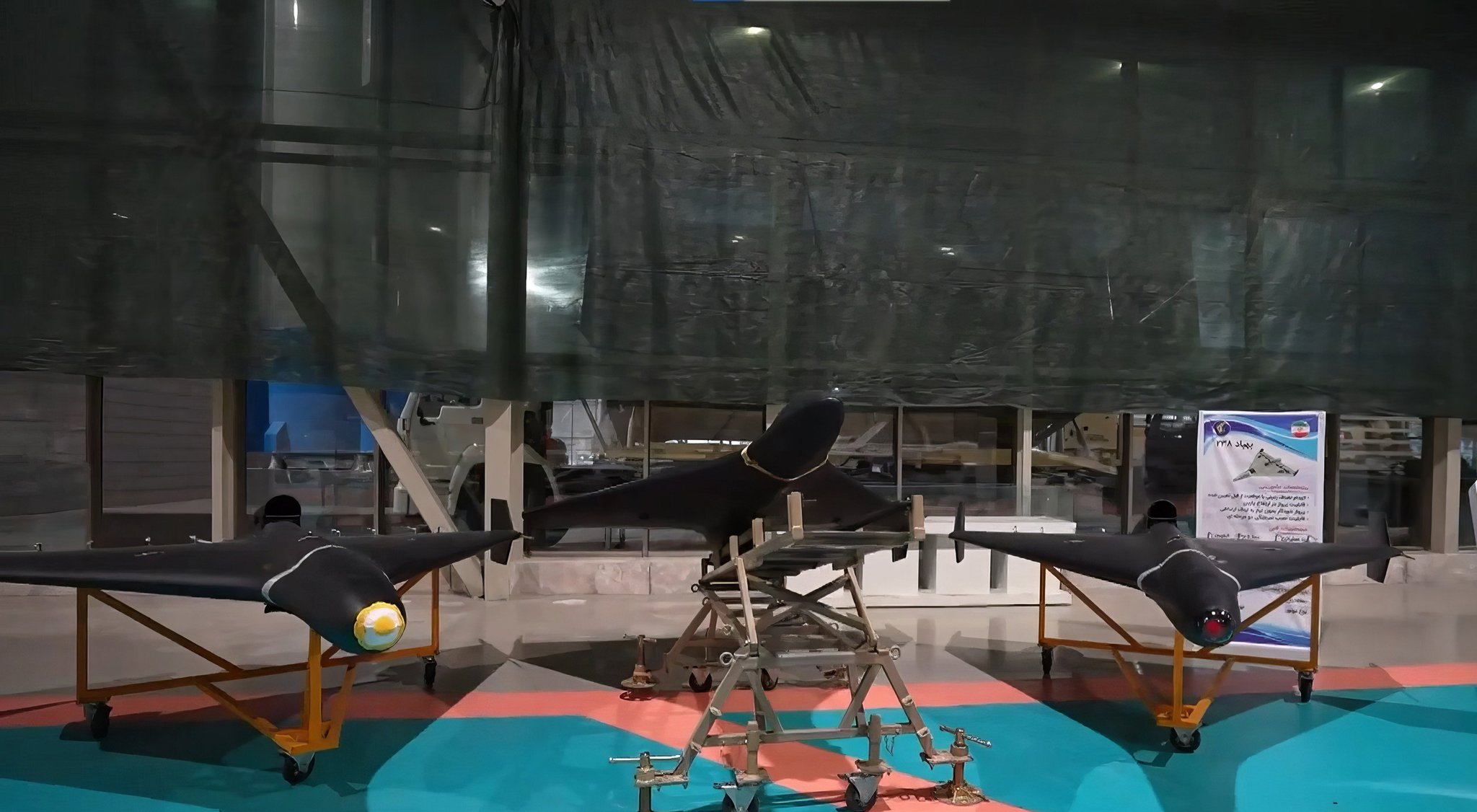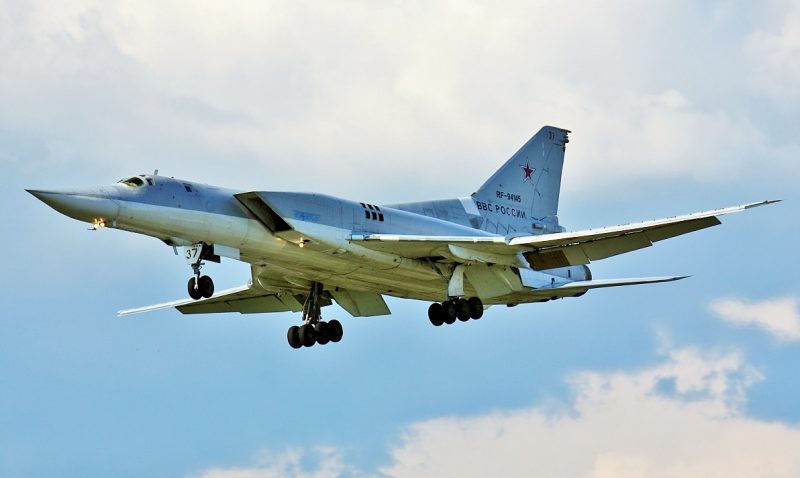The Russian military claims to have intercepted 14 HIMARS and Olkha shells and destroyed 31 Ukrainian drones, the Russian Defense Ministry reported.
“During the day, air defense systems intercepted 14 rockets fired from the HIMARS and Vilkha multiple launch rocket systems. 31 UAVs of Ukrainian forces were destroyed in the areas of the settlements of Spornoye, Volnovakha, Volodino in the Donetsk People’s Republic, Stelmakhovka, Verkhnekamenka, Golikovo, Nyrkovo of the Lugansk People’s Republic, Vasilyevka, the Kherson region and Ulyanovka, the Zaporozhye region,” the ministry said.
Earlier, on December 29, Russia conducted what is considered the most significant and most severe missile strike on Ukraine in the entire duration of the war, launching virtually every type of missile, drone, and aircraft in its arsenal all over Ukraine.
Kyiv claimed that it managed to shoot down 114 of the 158 missiles and drones launched in the attack. The Ukrainian military has officially expressed shock and surprise at the wide-ranging attack, admitting the magnitude was something they have never faced or even conceived before.
Observers on social media are now also wondering whether this was a one-off attack or the start of a more extensive campaign, aiming to suddenly push through the last remaining pockets of resistance in the northeast, east, and south.
While this aspect will only be determined over the next few days, it is inevitable that Russia is successfully using an old and known tactic (of long-range standoff missile strikes) at surprising intervals and has injected a significant degree of unpredictability into its military campaign.
A defining feature of the latest salvo was the possible employment of the Tupolev Tu-22 aircraft, a strategic bomber Russia has sparingly used in the war, and the new jet-powered Geran-2/Geranium-2 drone.
While there was no official update from the Russian Ministry of Defense (RuMoD) when this report was filed, Ukrainian officials and both Ukrainian and Russian-aligned Telegram channels maintained that the aircraft was used.
Massive Strike
All reports and Telegram claims have converged on 18 aircraft that involved Tu-95MS aircraft, Tu-22M3 bombers, the MiG-31K, and the Su-35S. The MiG-31K must have been used if the Kinzhal was fired since that is the only aircraft currently in the Russian Air Force (RuAF) inventory to fire the hypersonic aero-ballistic missile.

The missiles used were identified as Kh-22/Kh-32, Kh-101/Kh-555 Kinzhal air-launched missiles, and the Iskander tactical ballistic missile. There are different claims on the Kalibr and Onyx sea-launched cruise missiles. This wave was, however, preceded by Geran-2 drones launched into Ukraine from the northern and eastern directions that subsequently proceeded in the “western direction,” the Ukrainian Air Force said on its Telegram channel.
The UAF said Tu-95MS bombers followed the 36 Gerans. “A total of 18 aircraft entered the launch line around 6 am and launched at least 90 Kh-101/Kh-555/Kh-55 air-based cruise missiles,” the UAF said. The figure of 18 appears to be attributed to the Tu-95 alone, taking the total number of aircraft much higher.
Tu-22M3 strategic bombers then entered from the Kursk region and fired eight Kh-22/Kh-32 cruise missiles in the direction of the northern and central areas. Russians then hit Kharkiv with S-300 anti-aircraft-guided missiles. S-300 is a surface-to-air missile system but has often been used for land attacks. In total, Russia “launched at least 14 ballistic missiles,” including the Iskander-M, from Crimea, Kursk, and Belgorod regions of the Russian Federation.
MiG-31s then were detected taking off early in the morning, which launched five Kh-47M2 Kinzhal aero ballistic hypersonic missiles from the Astrakhan region. Meanwhile, Su-35S fighters fired four Kh-31P anti-radar missiles and one Kh-59 missile. Of the total number fired that destroyed targets, UAF has counted 27 Geran-2s and 87 Kh-101/Kh-555/Kh-55 cruise missiles.
Geran Jet-Powered Version Used
Russian Telegram channel ‘Intel Republic’ suggested the strike was aimed at Ukrainian air defense missile installations. Geran-2 drones were used first to draw out Ukrainian air defenses.
“This morning, Russia used Kinzhal hypersonic missiles, cruise missiles, the S-300, S-400, drones, Kh-22, and Kh-32 missiles. Around 18 strategic bombers launched Kh-101 & Kh-50 missiles. Initially, they carried out reconnaissance using Shahed drones, then launched missiles of all types, which circled above, avoiding places where they could be shot down, then striking their targets.”

Other Telegram channels and reports quoted Ukrainian Air Force spokesperson Yuri Ignat, who said they had never seen “so many targets on (their) monitors at the same time,” Ignat said. Ukrainian military chief, General Valery Zaluzhny, on his Telegram channel, said, “Critical infrastructure, industrial and military facilities were attacked.”
Coordinated Geran & Missile Firing
Russian Telegram channel ‘Blooming Geranium’ explained how the strike was “coordinated” between the Geranium-2/Geran-2 kamikaze drones and other air and land-launched conventional missiles. Gerans began entering the Kherson, Odesa, Mykolaiv, northern Sumy, and Chernihiv regions.
This TG channel also puts the number of Tu-95MS bombers at 11 and said they, along with Tu-22 strategic bombers, followed the kamikaze drone wave, launching Kh-101/Kh-555 and Kh-22 missiles. The strikes were carried out on military targets in Kyiv, Chernihiv, Odesa, Dnepropetrovsk, Kharkiv, Lviv, Ternopil, Rivne, Khmelnytskyi, Vinnytsia, and Zhytomyr.
Rare Use Of Tu-22 To Fire Missiles
The Tu-22, too, has not figured very prominently in Russia’s Special Military Operation (SMO). It was last used in an air-launched standoff strike on May 22, where it had again fired Kh-22 missiles.
Before that, on May 7-8, Russian Telegram channels reported a “new missile strike” on Ukrainian military positions from “several directions at once.” Interestingly, even that attack saw Geran-2 drones, 5 to 7 Tu-22M3s, and Kh-101 and Kalibr missiles.
The last time that the Tu-22M3 did find its way in the news in the immediate past was not for a missile strike but a flight over the Black Sea in mid-November, as strategic signaling to deter Ukraine and NATO.
- The author can be reached at satamp@gmail.com
- Follow EurAsian Times on Google News




